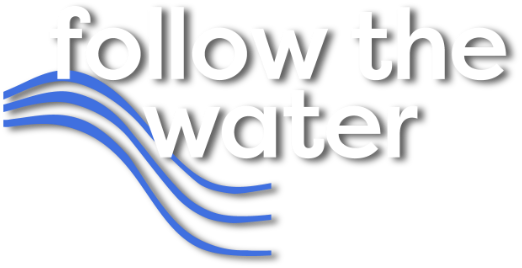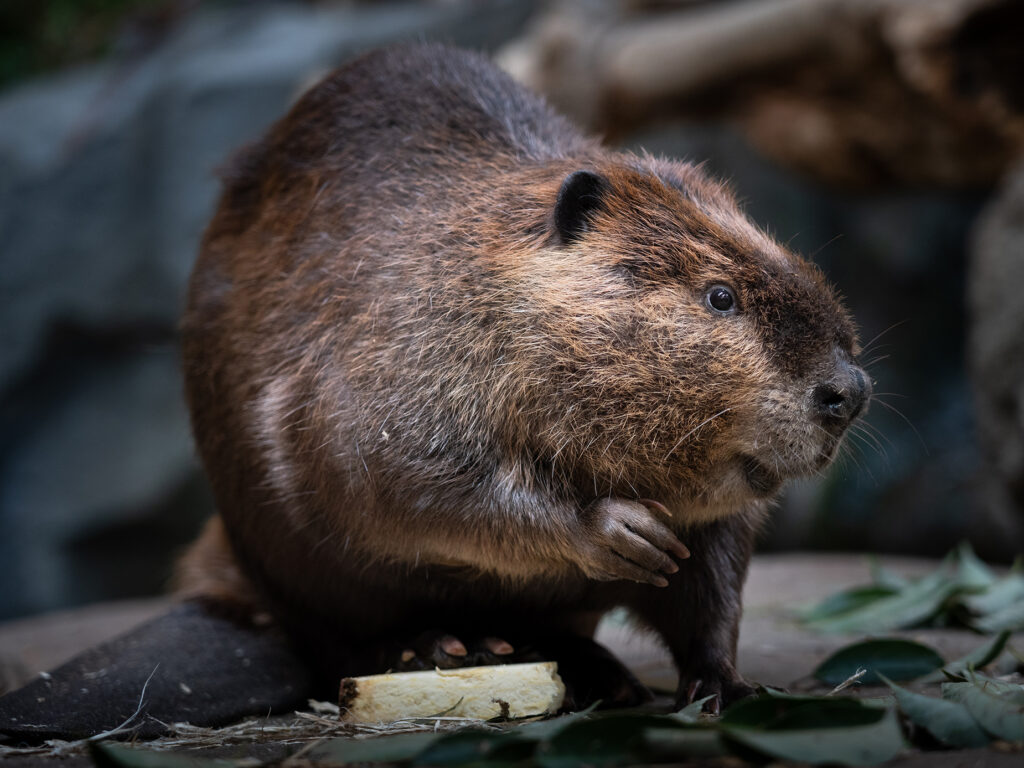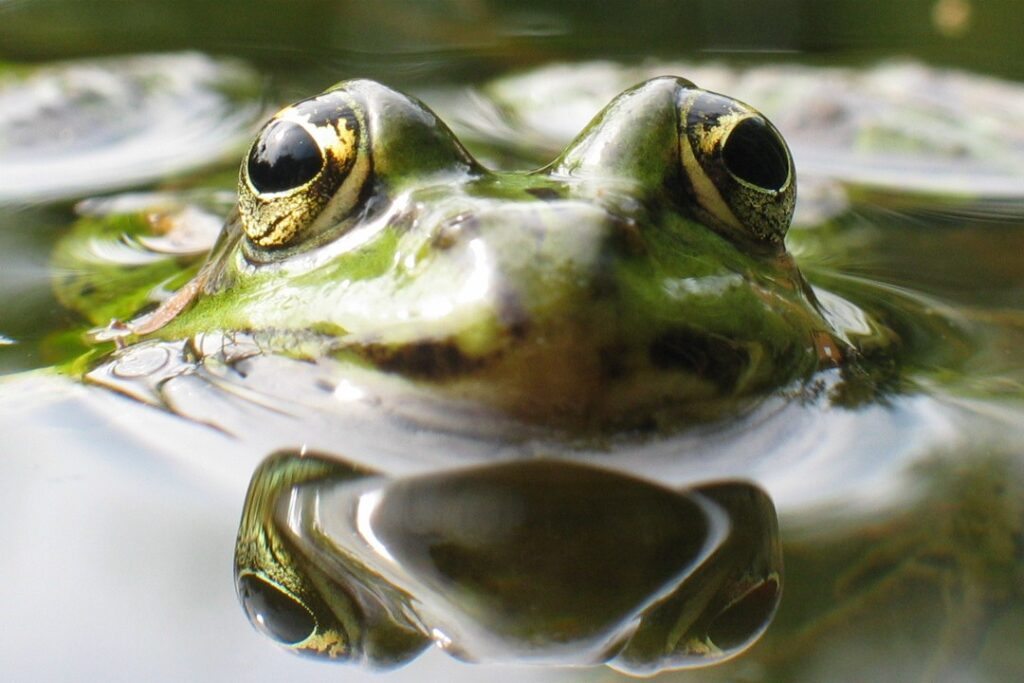Blue Whales
Author
Posted
Share


A Mysterious Sighting
In late June of 2025, marine biologist Carrie Newell witnessed a rare sight in Oregon – four blue whales just 3 miles offshore from Depoe Bay.
Though they are the largest animals on earth, with recorded sizes of up to 100 ft in length and weighing up to 200 tons, blue whales are actually a bit tricky to find in the Pacific Northwest. The four Newell spotted in June mark one of only a half dozen times she has seen blue whales in Oregon across the past three decades.
Blue Whale Habits
Typically, these majestic mammals appear about 10 miles offshore, making Newell’s sighting at 3 miles from land all the more notable. The blue whales were spotted and identified by their big “blows,” spouts from their blowholes that can reach upwards of 30 ft in the air – each species of whale has its own distinguishable blow.
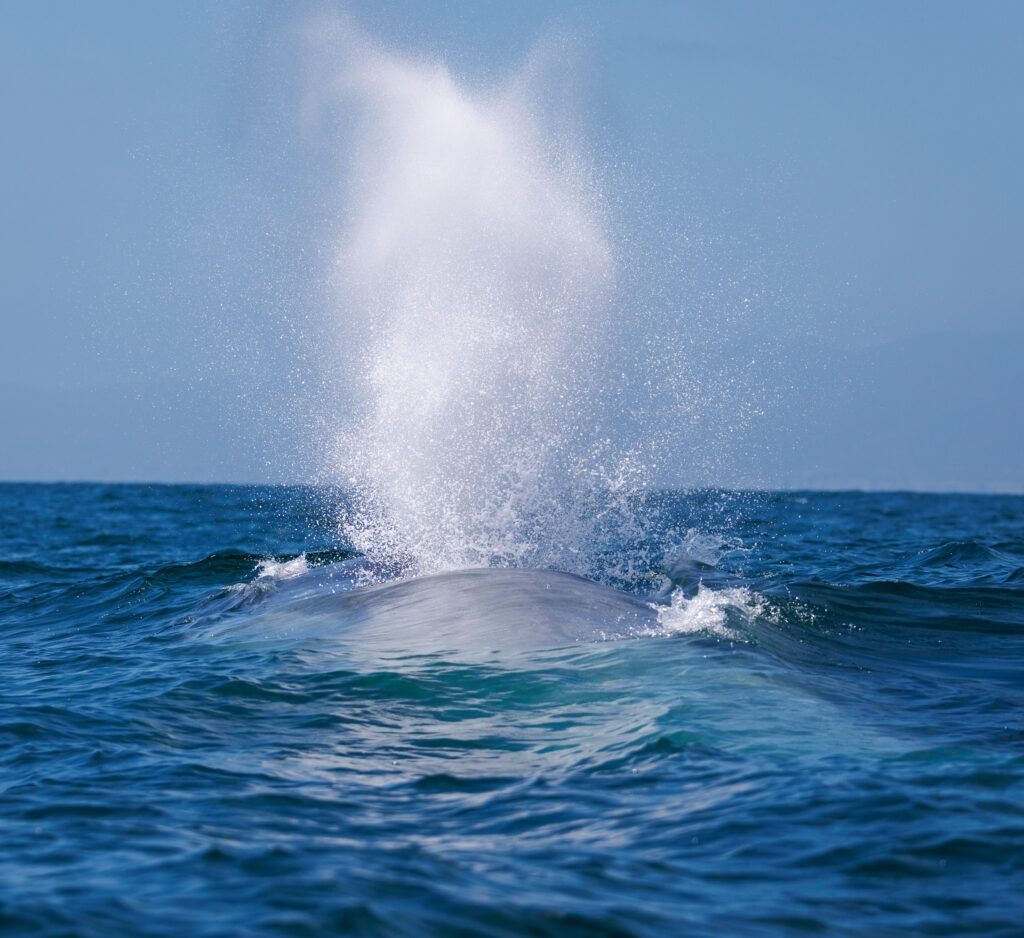
Oregon’s blue whale population is part of a migrating group that ranges across the Pacific Ocean, stretching from Alaska to Costa Rica. Their breeding and calving grounds are in the Southern hemisphere, and their feeding areas are here, along the North American West Coast.
The whales Newell sighted were noshing on their exclusive food source – krill, which are small, shrimp-like crustaceans that move in dense bands undersea. By sucking up these little critters through their comb-like mouth filters (baleen), a blue whale can eat up to 16 tons or 14.5 million krill in a day.
Stewards of the Sea
But they don’t just consume! Blue whales, and whales in general, play crucial roles in protecting the ecosystems of our waters and mitigating climate change. In fact, each blue whale is responsible for the removal of dozens of tons of CO2 across their lifetime.
The main way whales achieve this has a lot to do with what comes from eating tons and tons of krill: an abundance of nutrient-rich whale poop. Whale excrement is one of the most effective underwater fertilizers for encouraging the growth of microscopic marine plants known as phytoplankton. In turn, the phytoplankton produces over 50% of our planet’s oxygen and absorbs an estimated 30-40% of our planet’s CO2. Not only that, phytoplankton are an essential food source for small fish, forming the backbone of complex marine food webs wherever they can be found. When groups of phytoplankton die, they sink to the bottom of the ocean, taking the tons and tons of carbon they’ve absorbed to be locked away for centuries.
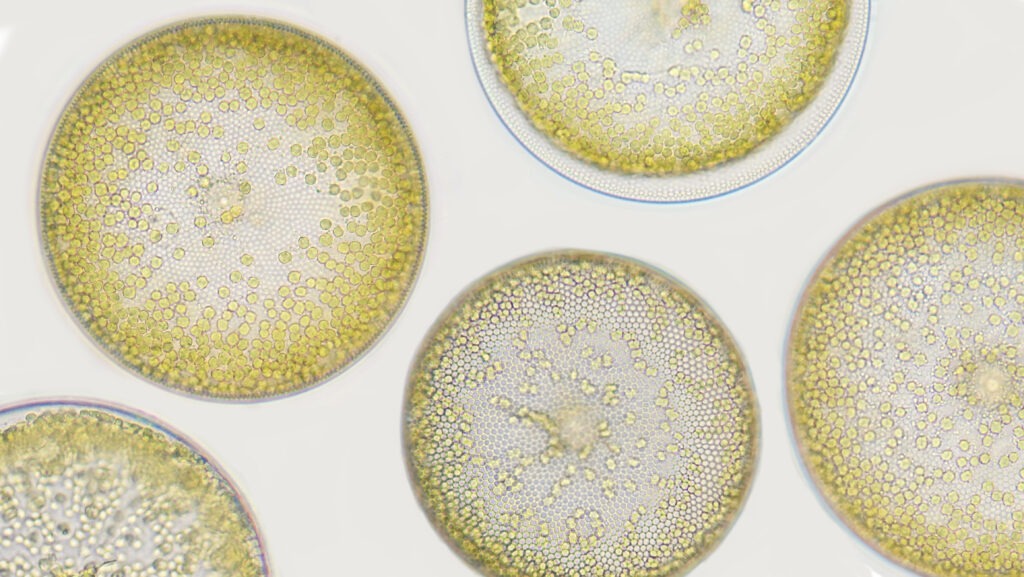
Whales generate further enrichment of oceanic ecosystems simply from the way they navigate the waters – feeding closer to the bottom, but inevitably surfacing. When they do so, the upward currents they create help jostle and circulate nutrients that had been trapped on the sea floor so that plants and creatures at a variety of depths have access to them.
A Final Gift
It’s amazing how whales can contribute so much to so many diverse lifeforms, simply by doing what comes naturally. And that’s just within their lifetimes! In death, a whale carcass or “whale fall” brings nutrients to areas of the ocean floor that would be otherwise barren. The abundance of organic matter they leave behind attracts a wide variety of marine life, sustained in an ever-developing micro-ecosystem that can persist for decades.
So, keep your eyes on the horizon for blows when you’re on the coast, or perhaps consider a whale-watching trip off Depoe Bay to get a closer look. Maybe you’ll get lucky like Carrie Newell and spot some blue whales, or at least catch a glimpse of the majesty in Oregon’s more-common gray whale population. You may even see Scarlett, Oregon’s most famous gray whale, or one of her celebrity brethren who have their own profile on individuwhale.com. It’s exciting to see any of these creatures, knowing the enormous impact just one of them can have on our oceans and the planet at large.
Sources
Rare blue whales surface just miles off Oregon coast (2025) Oregon Live
The Role of Whales in Marine Ecosystems (2024) Saving Ocean Wildlife
Whales, Dolphins, and Porpoises (n.d.) ODFW
The Ultimate Guide to Whale Watching on the Oregon Coast (2023) That Oregon Life
What is a Whale Fall? (2024) NOAA

Related Posts
The North American Beaver
Who’s our long-in-the-tooth friend who lives down by the river? Of course, it’s Oregon’s state…
Importance of Clean Water for Amphibians
This post is part of our collaboration with Portland State University and Dr. Alida Cantor’s…
American Coot
Is that a duck or a chicken? Actually, it’s an American Coot! The most aquatic…
